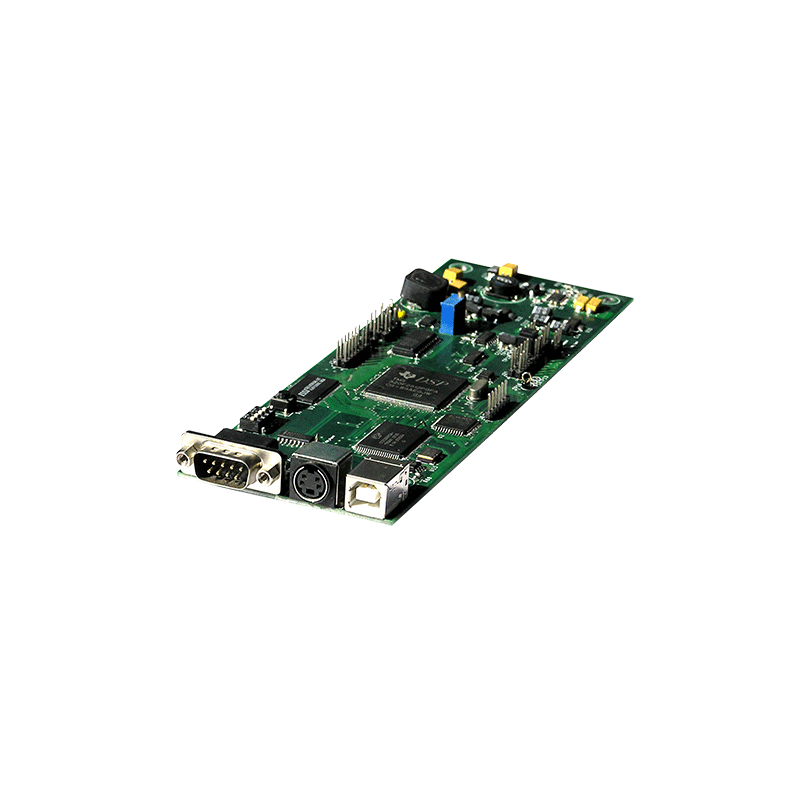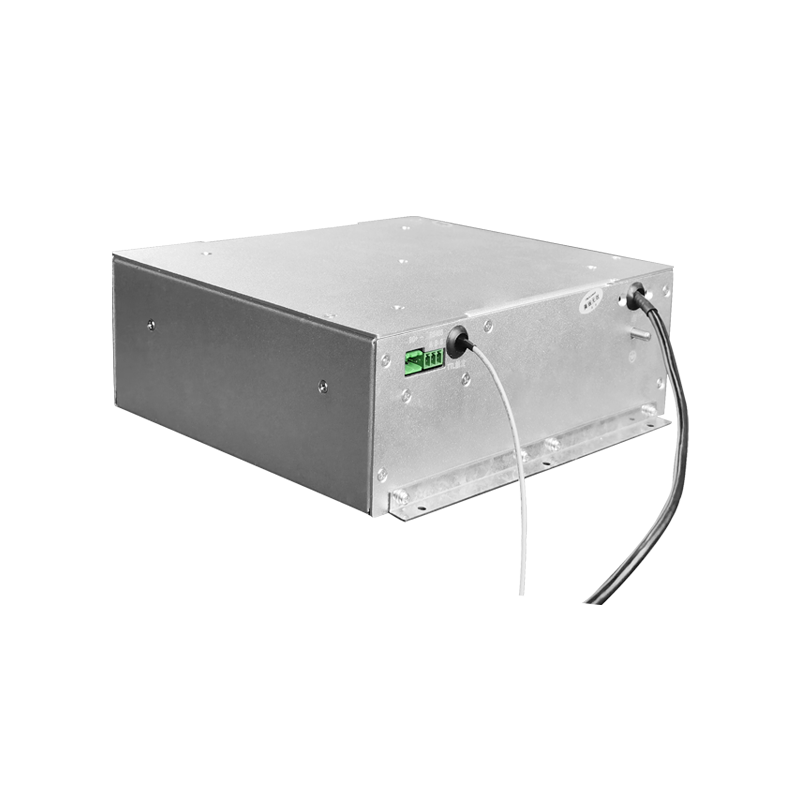High-Efficiency Pathways for Electrophoresis High-Voltage Power Supplies: Technological Innovations and Development Trends
In electrophoretic coating and capillary electrophoresis, the efficiency of high-voltage power supplies directly impacts coating quality, separation accuracy, and energy consumption. As industrial demands shift toward high precision and low energy consumption, the high-efficiency evolution of electrophoresis power supplies has become pivotal. This progress is driven by five key technological innovations:
1. Multi-Loop Closed-Loop Control: Core of Voltage Stability
Traditional power supplies with high ripple coefficients (>5%) exacerbate electrolytic side reactions in electrophoresis tanks, causing bubbles and pH fluctuations that lead to coating pinholes or peak broadening. Modern systems adopt dual closed-loop architectures, combining hardware feedback and software algorithms:
Hardware Loop: Real-time voltage detection via voltage-divider circuits adjusts inverter duty cycles to suppress voltage drift;
Software Loop: Microcontrollers (e.g., Raspberry Pi-based) dynamically modify PWM signals using weighted historical error data, reducing ripple to below 0.6%.
This design enhances voltage stability by 40%, minimizing tank fluid decomposition and coating defects.
2. High-Frequency Soft-Switching Topology: Breakthrough in Energy Efficiency
Traditional line-frequency power supplies suffer from transformer core and copper losses, limiting efficiency to <85%. High-frequency soft-switching technology boosts efficiency through Zero-Voltage Switching (ZVS):
Resonant Network Design: LC auxiliary circuits parallel to lagging bridge arms eliminate voltage-current overlap during switching, reducing losses by 30%;
Nanocrystalline Cores: High-frequency transformers with amorphous alloy cores cut eddy current losses, while IGBT or SiC devices push system efficiency beyond 95%.
Additionally, soft-switching cuts electromagnetic noise by 50%, meeting industrial green standards.
3. Modular Distributed Architecture: Revolution in Precision Control
To address uneven coating on complex workpieces, distributed power systems enable precise electric field distribution via partitioned anodes:
Independent Anode Modules: Each anode uses a dedicated high-frequency switch-mode supply, dynamically adjusting voltage (0–5000V) per zone to limit film thickness variation to ±1μm;
Hot-Swap Redundancy: Faulty modules automatically switch to backups, preventing downtime, while CAN bus communication with anti-interference protocols ensures data integrity.
This architecture saves 15% in paint consumption and slows tank fluid aging compared to conventional systems.
4. Intelligent Management Systems: From Reactive to Proactive
Efficient power supplies require synergy with tank conditions. Multi-parameter adaptive systems enable energy-performance balance through real-time monitoring and machine learning:
Joule Heat Compensation: Current sampling circuits detect load changes, triggering PID-controlled cooling to maintain tank temperature at 28–32°C;
Predictive Diagnostics: Cloud-based analysis of overvoltage/overcurrent signals preemptively triggers additive replenishment before failures occur.
5. Thermal Management and Reliability: Foundation for Longevity
High temperatures accelerate power supply aging. Multi-stage thermal solutions include:
Low-Temperature-Drift Resistors: Minimize self-heating errors during current sensing;
Integrated Inversion and EMI Filtering: Suppress parasitic heating from high-frequency harmonics, enabling full-load operation at 40°C ambient.
Conclusion
The high-efficiency evolution of electrophoresis high-voltage power supplies hinges on synergistic advances in precision, energy efficiency, and control. Soft-switching topologies reduce losses, distributed architectures enhance control granularity, and intelligent systems close the operational loop. Next-generation power supplies will integrate wide-bandgap semiconductors (e.g., SiC) and AI to achieve ultra-low ripple and self-adaptive topologies, further solidifying their role in sustainable manufacturing.
--
Key Innovations Summary
| Technology | Efficiency Gain | Key Impact |
|--------------------|-------------------------|-------------------------------------|
| Dual-Loop Control | Ripple < 0.6% | Coating uniformity +40% |
| Soft-Switching | Efficiency > 95% | Losses -30%, Noise -50% |
| Modular Anodes | Paint saving 15% | Film thickness Δ ≤ ±1μm |
| AI Thermal Control | Temperature stability | Tank fluid lifetime +25% |




















